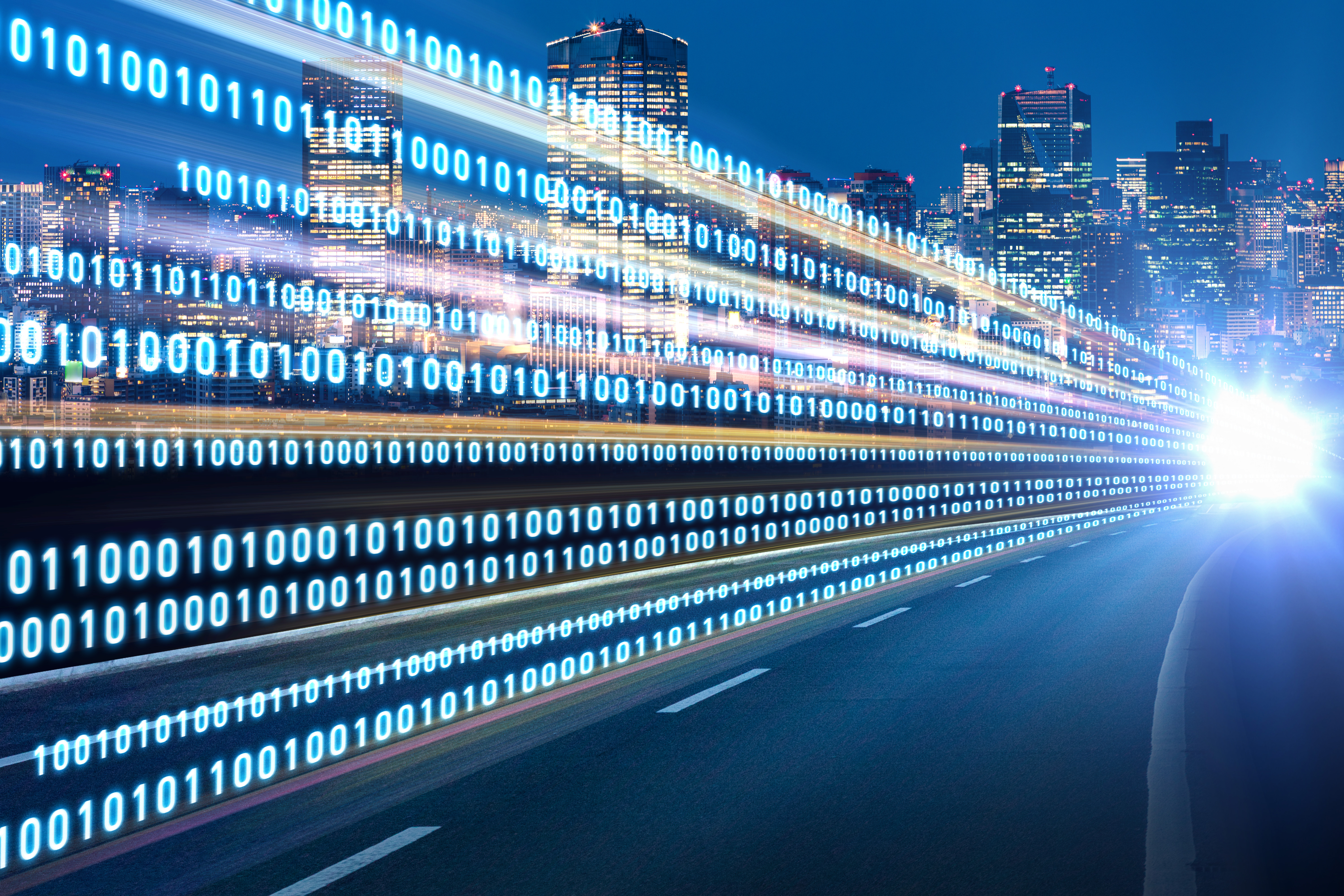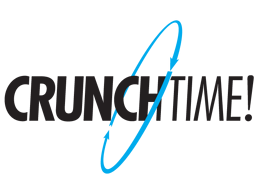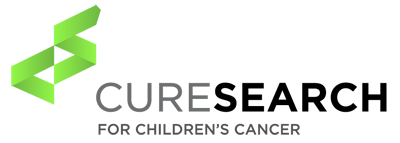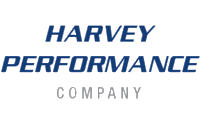 Ask the average person on the street what “blockchain” is, and you probably will get responses ranging from, “Block who?” to “Something to do with Bitcoin.”
Ask the average person on the street what “blockchain” is, and you probably will get responses ranging from, “Block who?” to “Something to do with Bitcoin.”
It’s a common, and understandable, misconception that blockchain is Bitcoin. After all, the anonymous developer who created Bitcoin also developed the blockchain model to support it. And for some time after Bitcoin was launched, it was the only application of blockchain technology in the wild.
But when the Bitcoin going got tough, the tough created new cryptocurrencies. That is to say, when Bitcoin mining—the process of earning newly-minted Bitcoins by solving ever more difficult computational problems—started requiring specially-designed server hardware and an insane amount of electricity to run it, alternatives to Bitcoin started popping up.
These alternatives were made possible by the fact that the blockchain technology supporting Bitcoin is open-source, available to anyone with the development chops to modify it to meet another purpose.
And it turns out that those other purposes need not be related in any way to cryptocurrencies. Any business need that requires fraud- and hacking-resistant, decentralized, auditable, verifiable transactions is a candidate for application of blockchain technology.
Blockchain-based technology has matured quite a bit in the last few years, to the point where mainstream businesses and other entities are considering, or actively pursuing implementation of blockchain applications to solve a wide range of business problems.
In this article, we look at a few areas of the global economy in which blockchain-based applications have the potential to transform businesses of all kinds.
Blockchain: A Quick Review
Before getting to the examples, let’s take in a quick, high-level review of what blockchain technology is, how it works, and why it’s becoming so attractive.
A blockchain is what’s known as a “distributed ledger,” or an electronic transaction record that is shared among multiple, independent entities that are members of a specific network of such entities. Each entity has its own copy of the ledger.
A block in the blockchain is a set of transactional data. Each new block is placed at the end of the blockchain, and thus is chronologically related to the previous blocks. The blockchain is “add only,” meaning that new blocks can be added, but existing blocks cannot be modified or deleted.
New blocks can be added only by consensus among the ledger-holding entities in the network. Transactions are validated and are added to the ledger only if all the entities agree that the criteria are met.
How are new blocks added?
When a new transaction is initiated, the initiating entity digitally signs a package of information about that transaction and propagates it through the network. Each entity in the network validates the transaction information against criteria defined in that particular blockchain’s validation protocol. When the minimum number of entities (also defined in the blockchain protocol) validate the transaction data, the transaction is confirmed and included in a block, which is also propagated through the network and added to the distributed ledger, again following the rules of the blockchain protocol.
This approach has some advantages over traditional, centralized approaches to recording transactions:
- Transactions are conducted peer-to-peer, rather than through a central authority, such as a bank or clearinghouse.
- Because transactions have to be verified independently by multiple members of the network, it is extremely difficult or impossible to perpetrate fraudulent transactions.
- Because of the add-only, distributed nature of the ledger, and the chronological relationship between blocks, it is nearly impossible to fraudulently (or even legitimately) modify previous transactions. Doing so would require coordinated, simultaneous modification of not only the block containing the transaction but all blocks that came after it, spread over all the members of the network; because each transaction in every block is encrypted, the chance of this happening is essentially zero.
New Applications for Blockchain Technology
So, how does this all impact the future within which we all work? Here are some areas in which blockchain technology could transform businesses and industries:
- Healthcare: A longstanding obstacle to effective implementation of electronic healthcare records (EHRs) is that it is difficult to design a system which enables sharing of healthcare data among stakeholders (doctors, clinics, hospitals, research centers, regulators, insurers, and others) without running afoul of various international patient privacy laws.
Blockchain technology can overcome this obstacle by putting patients in direct control of their healthcare data. Different EHR systems could interoperate without relying on a massive, expensive, centralized, vulnerable EHR database. And fraud against health insurers and government programs such as Medicaid could be severely reduced or eliminated. - Identity management: Microsoft recently presented research it has been conducting on the architecture for a decentralized identity system based on blockchain technology. Such a system—independent of the myriad governments and private companies that each have separate identity programs—would put people in control of their identities and what their personal information can be used for. The ability to encrypt all your personally identifying information, photos, and other artifacts in one place, and control how that data can be used by Facebook, Google, Amazon, and everything else, is highly beneficial to you and potentially disruptive to them.
- Media: Artistic creations, such as music files, photos, and other digital media assets, are triflingly easy to copy, redistribute, or otherwise appropriate without properly compensating the artists. Even people who want to pay to use media find it difficult to navigate the complex systems of royalty collection and distribution currently in place.
A blockchain-based solution could eliminate these issues by enabling artists to control how and where their creations are used and ensuring royalties are properly calculated, collected, and distributed—all in a decentralized manner that does not require reliance upon, or payment of fees to a third-party clearinghouse. - Supply Chain: With vertically integrated manufacturing outfits largely a thing of the past, tracing the quality and legitimacy of the parts, components, subassemblies, and raw materials that go into the manufacture and transportation of products has become nearly impossible.
Companies from Walmart to Starbucks are starting to see the advantages of decentralized supply chain information management. Requiring their suppliers (and their suppliers’ suppliers, all the way back to the sources) to record the production and transportation of components in a blockchain-based system can introduce transparency and reduce fraud. In the case of agricultural products, such a system can be crucial in quickly tracing food-safety issues back to a specific farm or ranch.
To the Blockchain—and Beyond
Applications of blockchain technology other than cryptocurrencies are still in their infancy. None of the solutions described here has been implemented in a widespread way. But given the research muscle being applied, it is only a matter of time before these and other systems start to see actual deployment. Once a few of them come in to use and their real, tangible benefits become apparent, look for a deluge of blockchain-based solution ideas to be proposed, built, and implemented.
At AndPlus, we’re keeping a close eye on these developments. Blockchain-based systems can be complex, and of course they rely on advanced security measures, such as public-key infrastructures, to keep them secure and free of fraud. They will require solid, reliable development work based on proven, successful methodologies—qualities for which AndPlus has developed a strong reputation among our many satisfied clients.




%20med.jpeg?width=599&quality=low)












